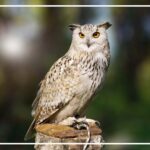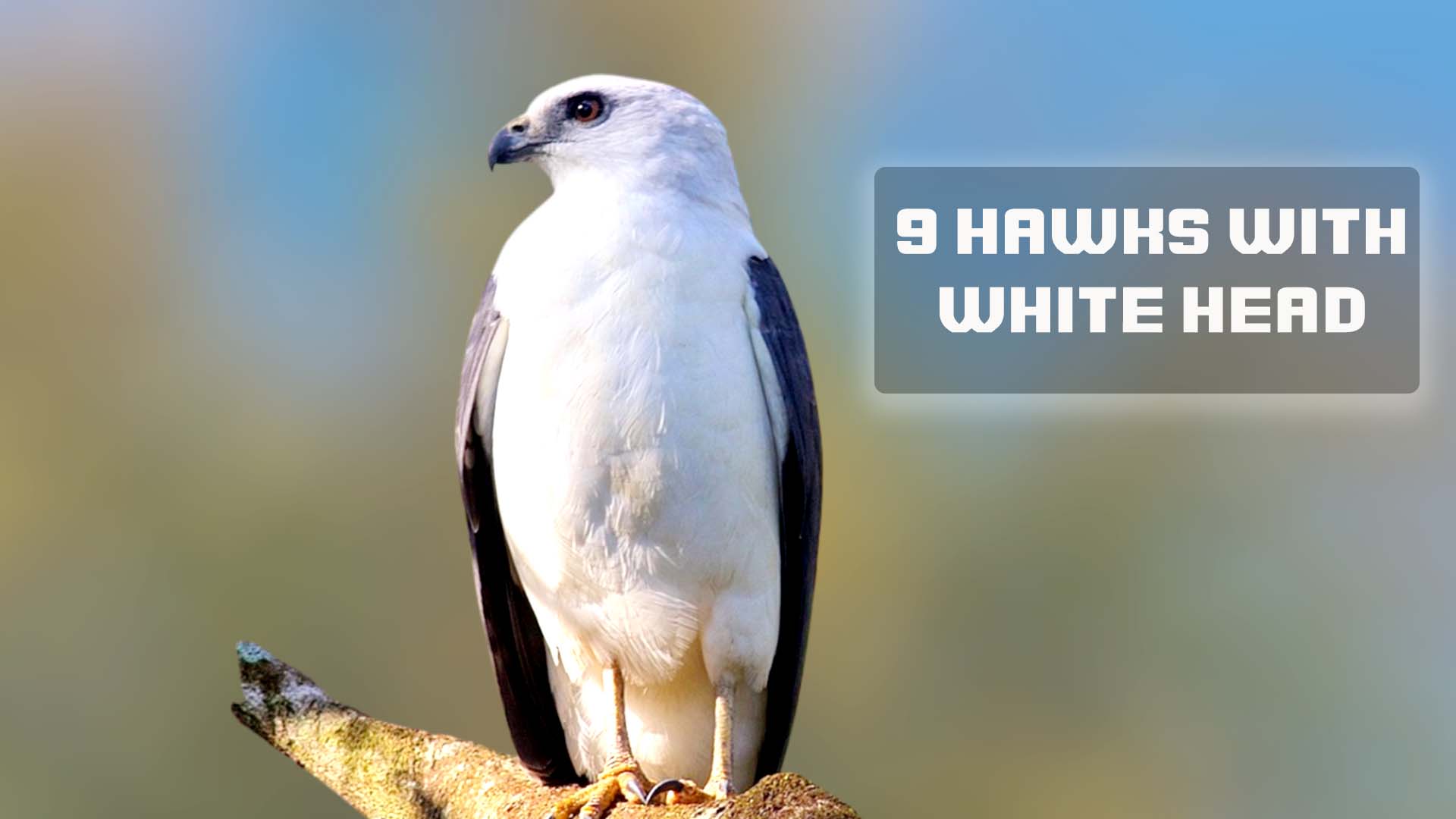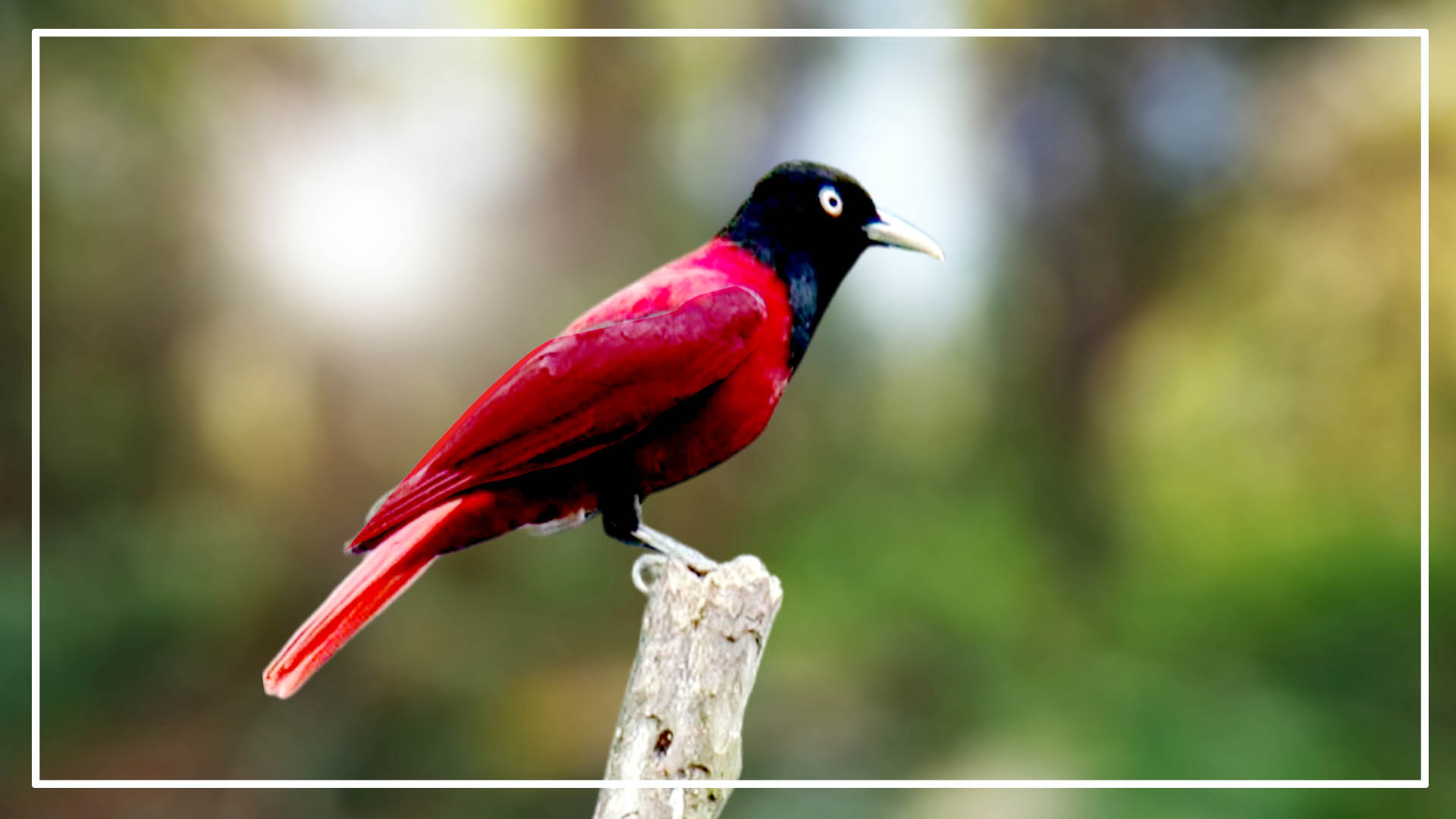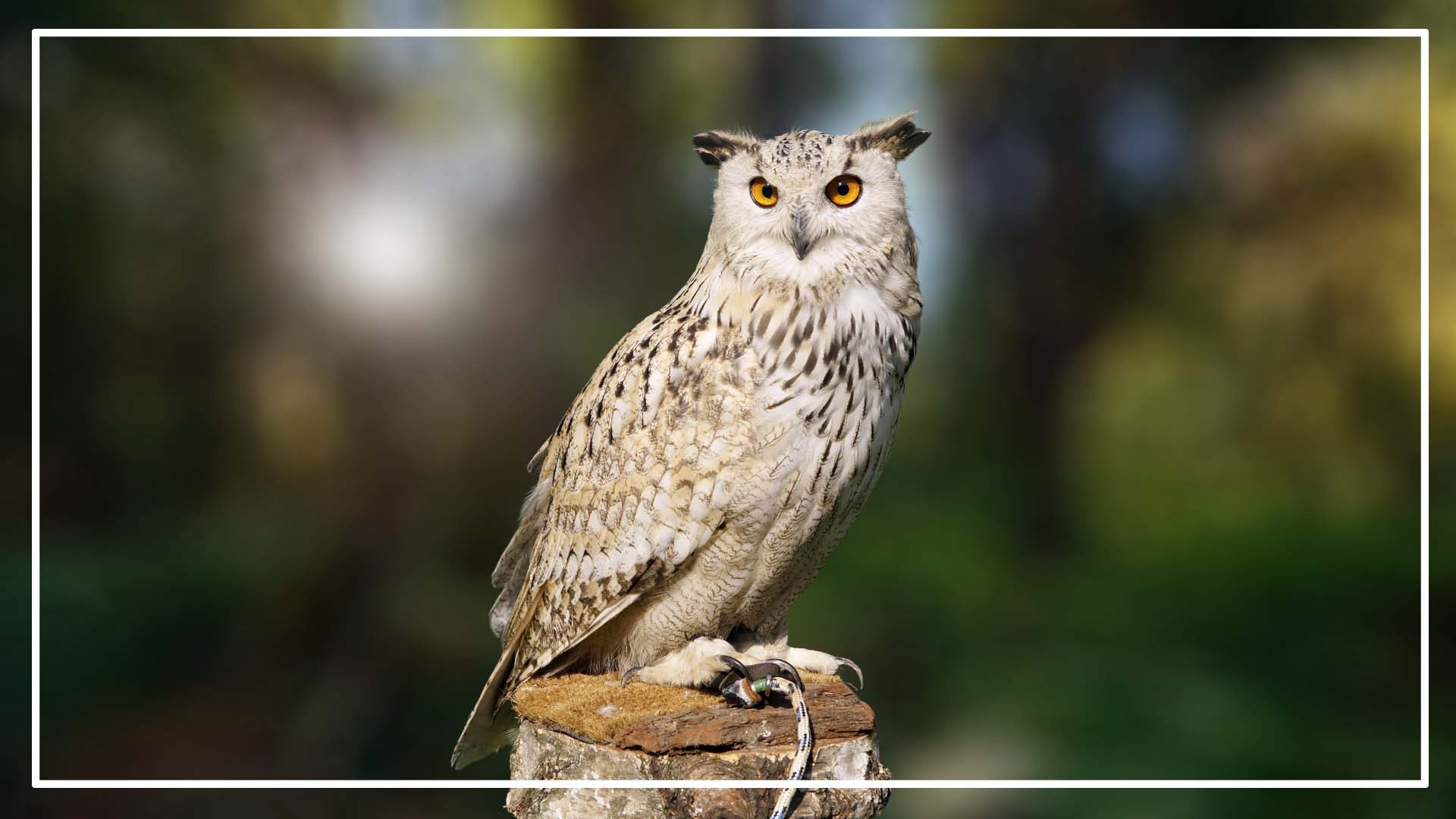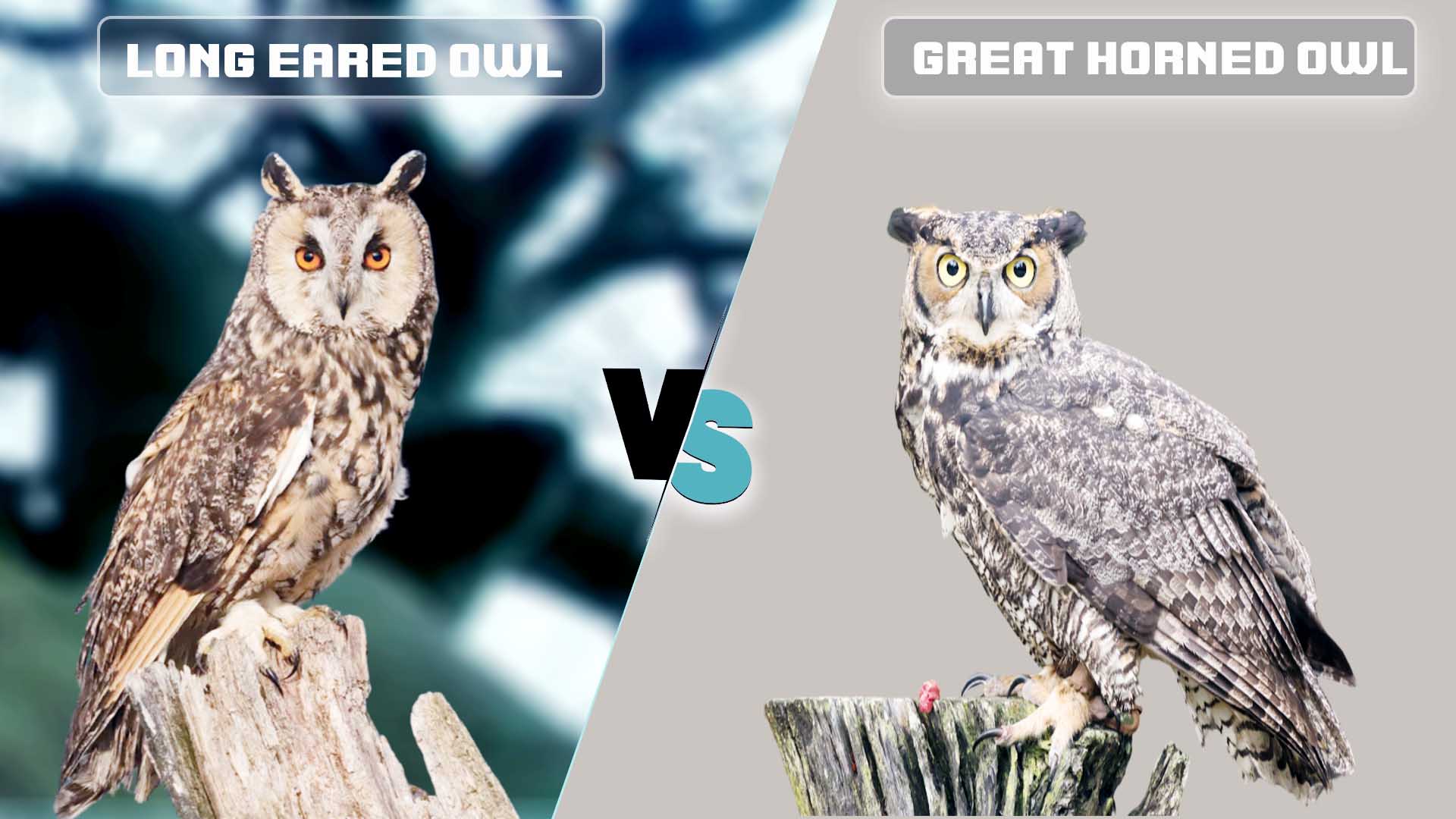As an avid bird enthusiast and passionate observer of avian wonders, I’ve had the privilege of encountering some of the most captivating species on the planet. Among the most striking and intriguing are hawks with white heads, a remarkable trait that distinguishes them from their fellow raptors.
In this article, I’ll delve into my personal experiences with nine unique hawks, each featuring the stunning characteristic of a white head, and share insights into their appearances, habitats, and behaviors.
9 Hawks with White Head
There are nine Hawks with white heads: Osprey, White Hawk, White-Necked Hawk, Rough-Legged Hawk, Mantled Hawk, Hawaiian Hawk, Ferruginous Hawk, Gray Goshawk, and Black-faced Hawk. Everyone has a unique color pattern, size, and habitat. I will explain everything in the below section.
Osprey

One of my most cherished memories involves observing the osprey (Pandion haliaetus) in action. With its distinctive white head and underparts, paired with a brown back and tail, the osprey is a true marvel. I’ve been fortunate to spot this incredible fish-eating hawk in various corners of the world, from North America and South America to Europe, Africa, and Asia. There are 12 Types of Hawks in Southern California. Witnessing an osprey dive gracefully into the water to catch its prey is a sight that etches itself into memory.
The key point of Osprey:
- Size: Large, with a wingspan of around 5.9 feet (1.8 meters).
- Color: White head, underparts, and dark brown upperparts.
- Diet: Primarily fish, adept at hunting and catching fish from water surfaces.
- Habitat: Found near freshwater bodies like lakes, rivers, and coastlines globally, nesting on platforms or in trees.
White Hawk
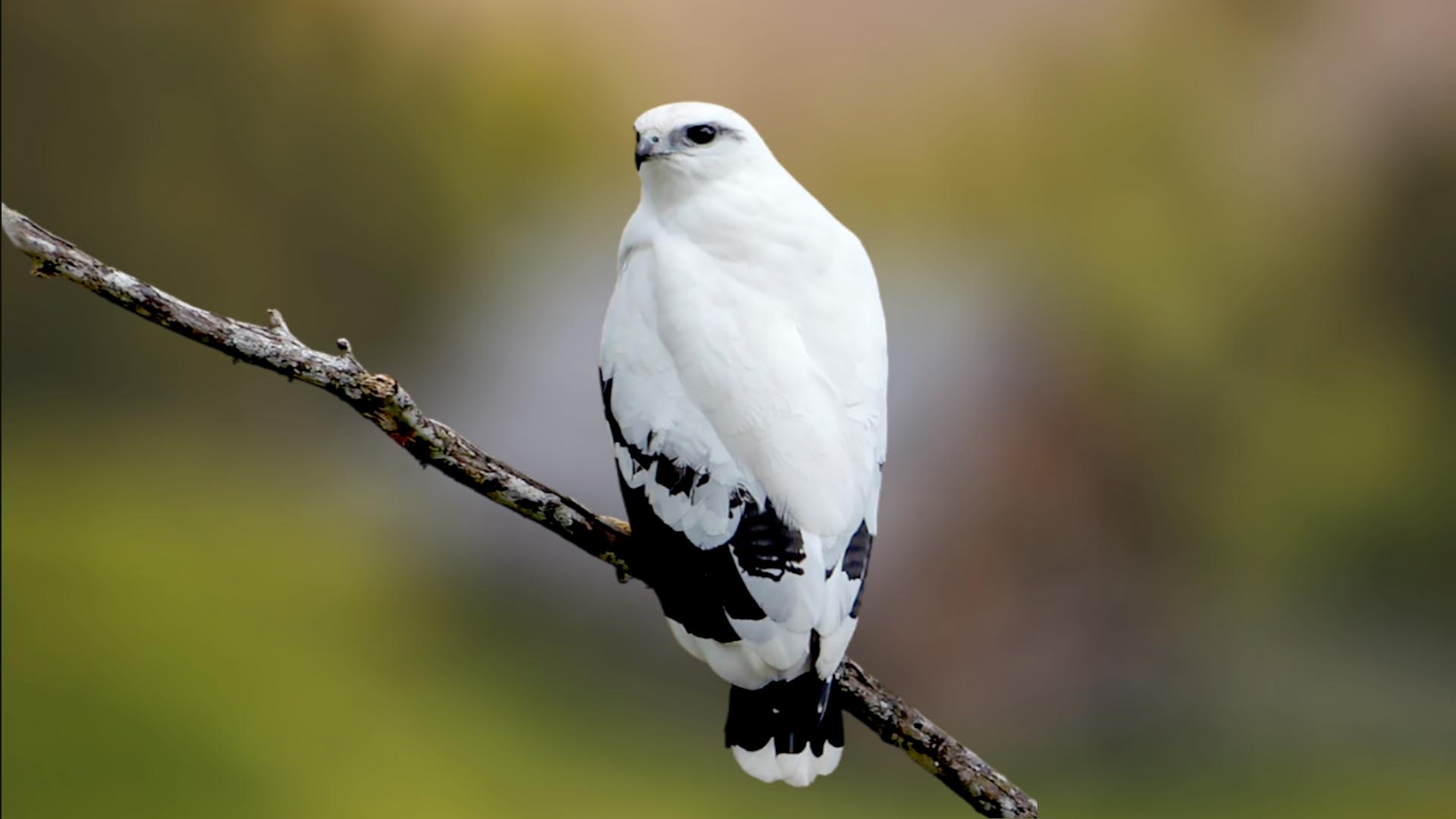
My travels through South America led me to the majestic presence of the white hawk (Pseudastur albicollis). Its white head, neck, and underparts, contrasting against a black back and tail, make it a true emblem of elegance. I remember the awe I felt when I first saw this regal creature soaring through the skies, adding a touch of purity to the continent’s rich tapestry of wildlife.
- The key point of white Hawk:
- Size: Large, reaching a wingspan of about 3.3 feet (1 meter).
- Color: Striking black and white, with a snowy white head, neck, and underparts contrasting against a glossy black back and tail.
- Diet: Carnivorous, feeds on a variety of small animals such as birds, reptiles, and mammals.
- Habitat: Inhabits open woodlands, savannas, and grasslands across South America.
White-Necked Hawk
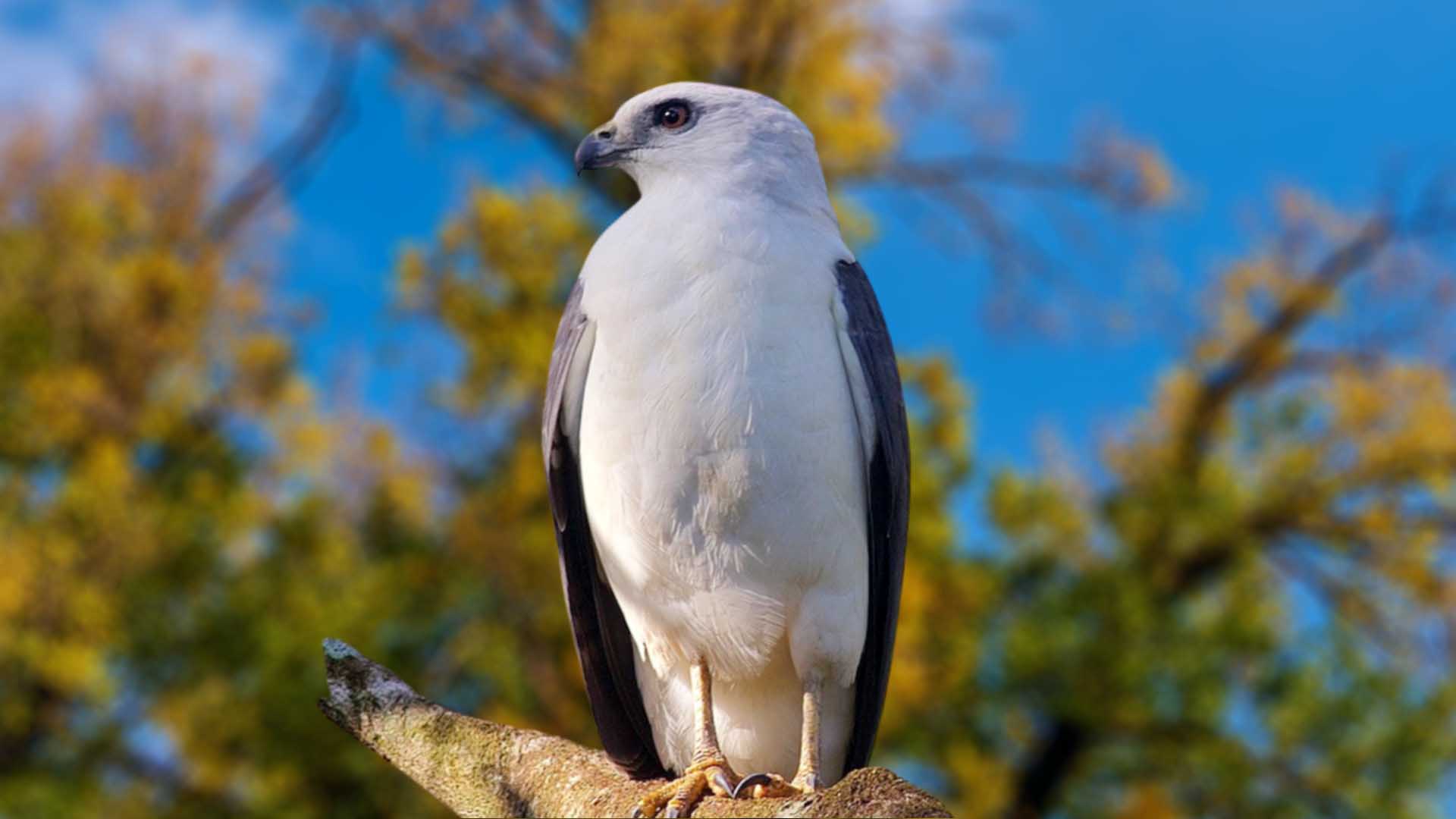
Venturing deeper into South America, I had the privilege of encountering the white-necked hawk (Buteogallus lacernulatus). This medium-sized hawk, with its white head, neck, and underparts, seamlessly blending into a brown back and tail, is a silent hunter of the skies. I recall a serene moment when I spotted one perched atop a tree, its keen gaze scanning the surroundings for potential prey.
The key point of White-Necked Hawk:
- Size: Medium-sized, with a wingspan around 3.6 feet (1.1 meters).
- Color: Distinctive white head, neck, and underparts, accompanied by a chestnut-brown back and tail.
- Diet: Carnivorous, hunts for prey including small mammals, birds, and reptiles.
- Habitat: Prefers dense forests and wooded areas in South America.
Rough-Legged Hawk
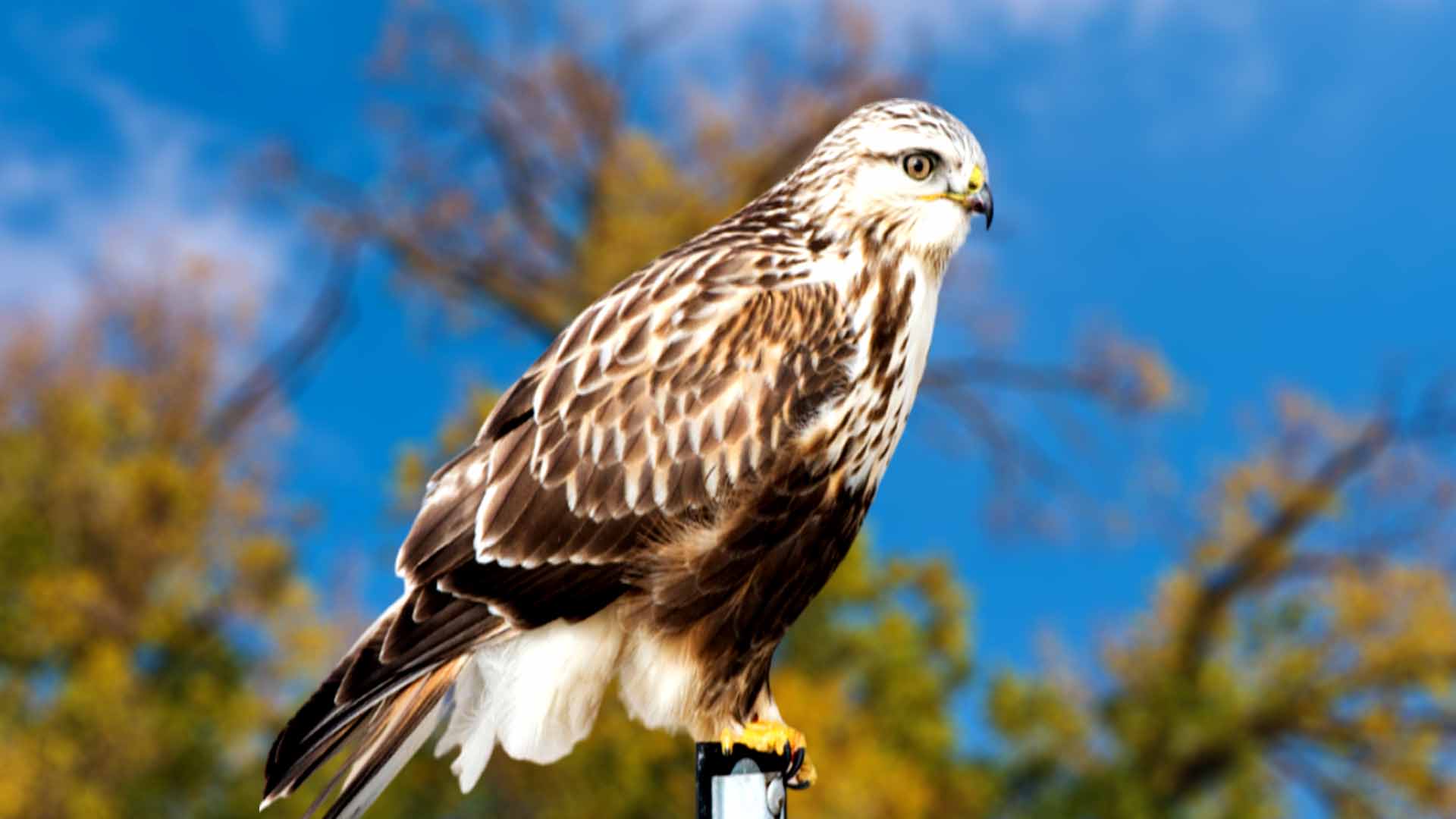
My exploration of North America led me to the rugged landscapes where the rough-legged hawk (Buteo lagopus) reigns. Its white head, neck, and underparts, harmonizing with a brown back and tail, are a testament to its resilience in the face of harsh conditions. I vividly remember a chilly winter day when I observed a rough-legged hawk gracefully navigating the open skies, showcasing its adaptability in the snowy expanse. You can identify the differences between Hawk , Eagle and Falcon.
The key point of Rough-Legged Hawk:
- Size: Medium-sized raptor, with a wingspan averaging around 4.9 feet (1.5 meters).
- Color: White head, underparts, and dark brown upperparts; legs feathered to the toes, giving it a rough appearance.
- Diet: Feeds mainly on small mammals, such as voles and lemmings.
- Habitat: Thrives in open habitats, tundra, grasslands, and marshes, especially in northern North America.
Mantled Hawk
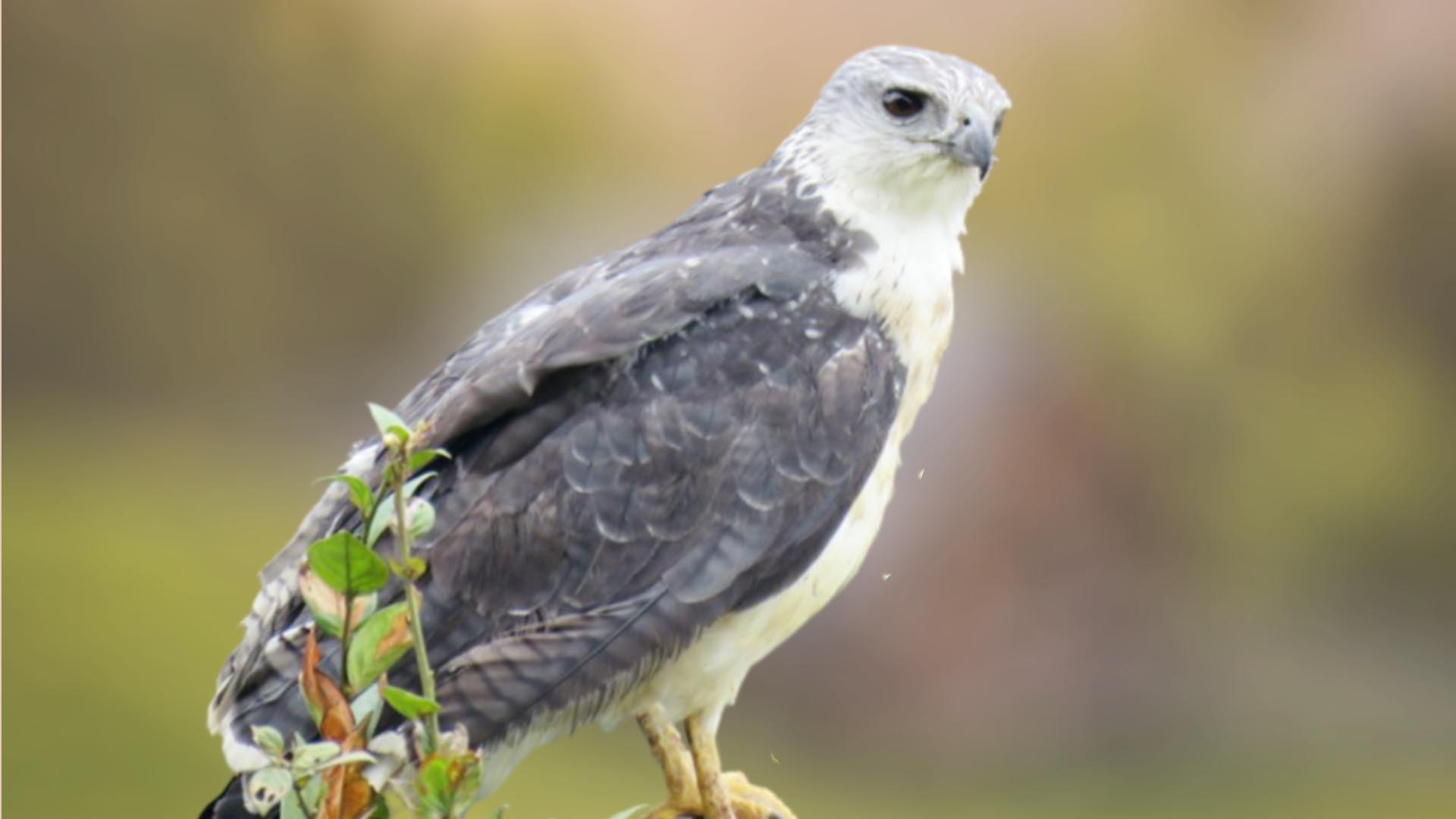
My journey through the South American wilderness uncovered the enchanting mantled hawk (Pseudastur polionotus). With its white head, neck, and underparts contrasting with a brown back and tail, this hawk exudes an air of mystery. The thrill of spotting one of these elusive creatures amidst the dense foliage was a reminder of the secrets nature holds.
The key point of Mantled Hawk:
- Size: Medium-sized, with a wingspan of about 2.8 feet (0.85 meters).
- Color: White head, neck, and underparts, coupled with a chestnut-brown mantle and tail.
- Diet: Versatile eater, preys on small mammals, birds, reptiles, and insects.
- Habitat: Found in diverse South American habitats, including rainforests, open woodlands, and forest edges.
Hawaiian Hawk
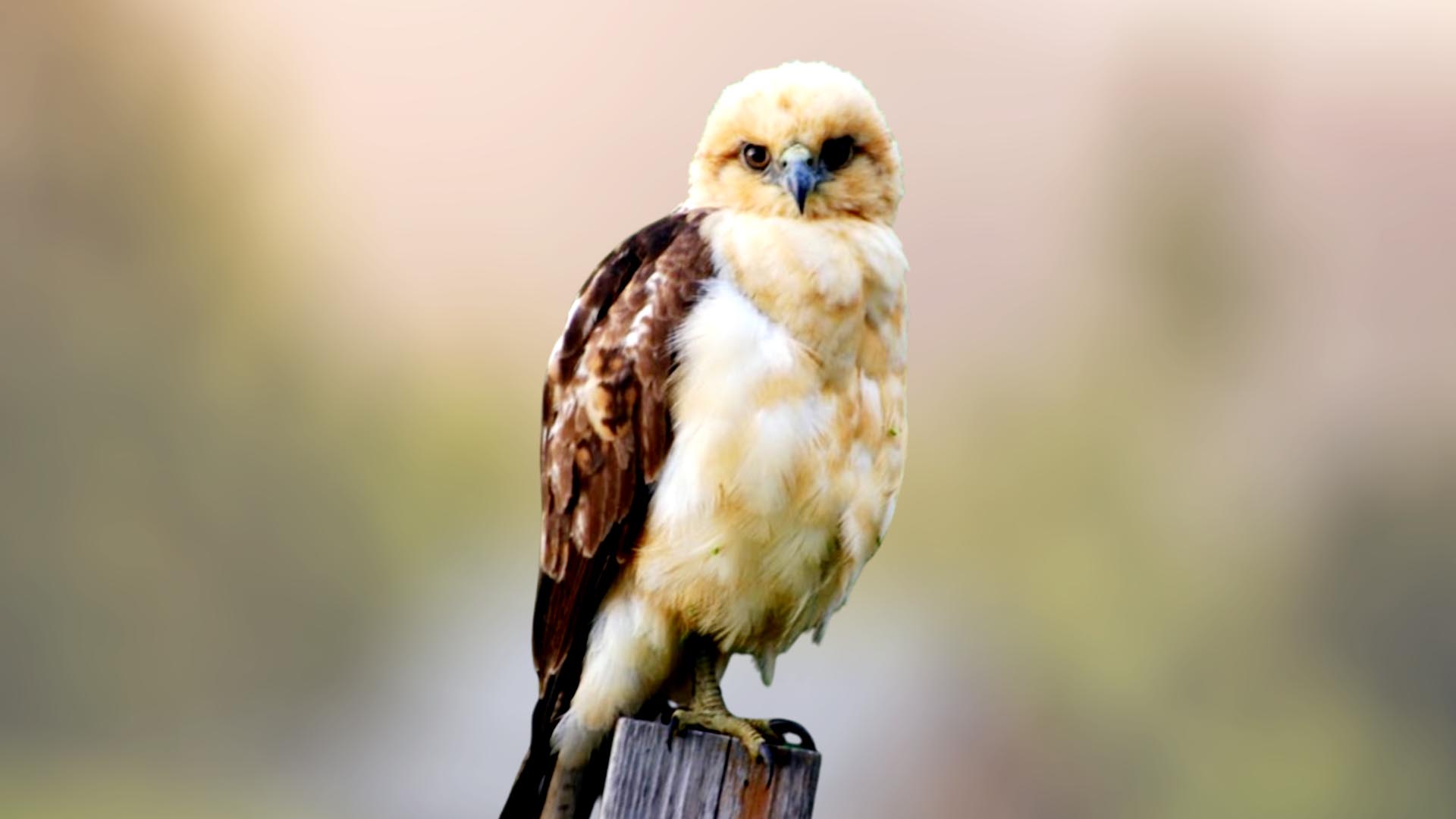
The Hawaiian Islands hold a special place in my heart, especially because of the unique Hawaiian hawk (Buteo solitarius). This small hawk, with a white head, neck, and underparts coupled with a brown back and tail, is a treasure unique to the region. During my time in Hawaii, I marveled at the resilience of this island resident, surviving against all odds and embodying the spirit of adaptation.
The key point of Hawaiian Hawk:
- Size: Small raptor, with a wingspan averaging around 3.1 feet (0.95 meters).
- Color: White head, neck, and underparts, with a brownish-black back and tail.
- Diet: Opportunistic feeder, hunting various prey such as birds, small mammals, and insects.
- Habitat: Endemic to the Hawaiian Islands, residing in various habitats from forests to grasslands.
Ferruginous Hawk
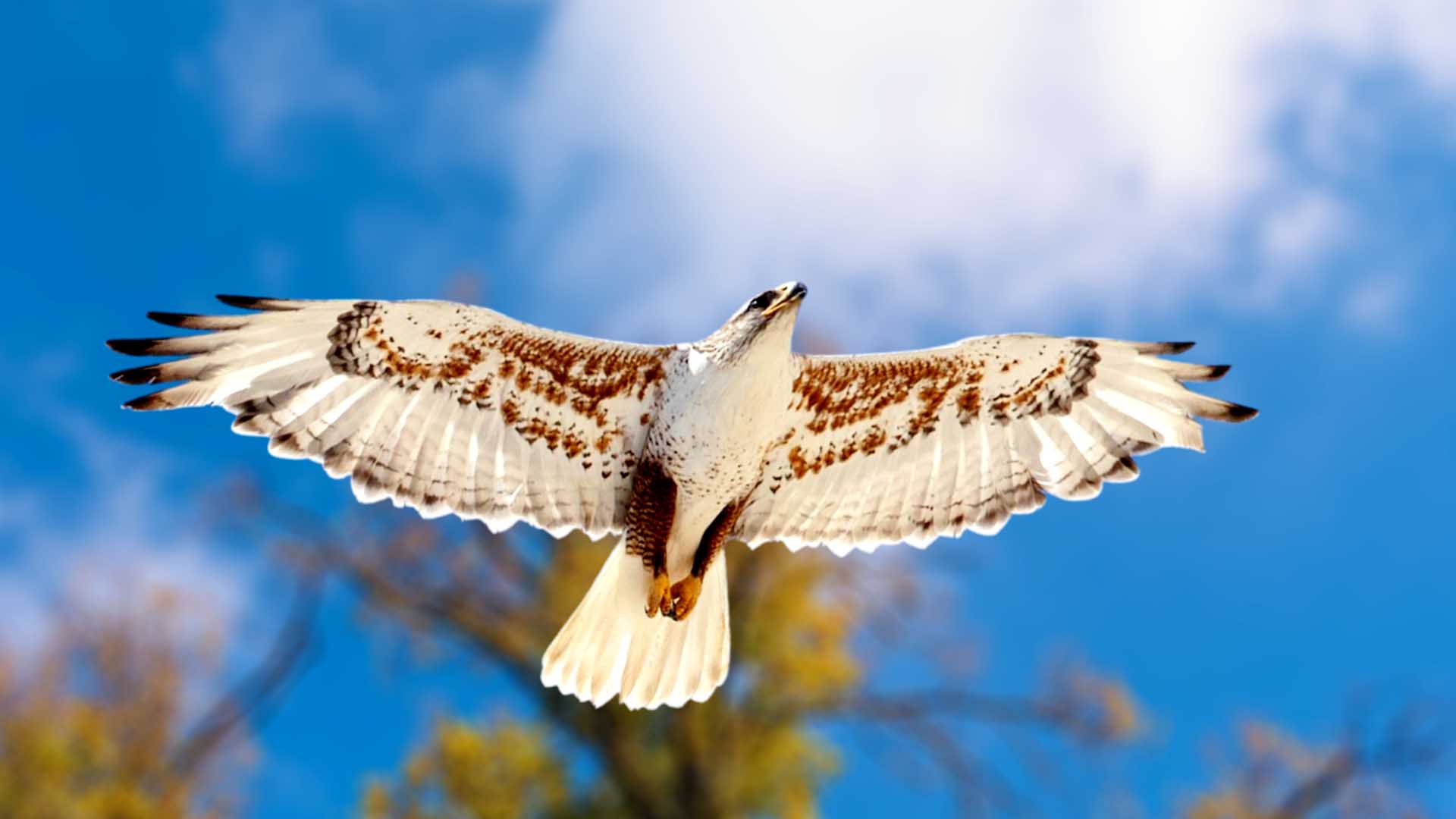
My adventures across North America introduced me to the majestic ferruginous hawk (Buteo regalis). Its white head, neck, and underparts, harmonizing with a brown back and tail, commanded attention wherever it soared. From the vast landscapes of Alaska to the vibrant landscapes of Mexico, witnessing the ferruginous hawk’s presence was a reminder of the diverse beauty of the continent.
The key point of Ferruginous Hawk:
- Size: Large raptor, with a wingspan of about 4.9 feet (1.5 meters).
- Color: White head, underparts, and rust-colored upperparts, giving it a warm appearance.
- Diet: Feeds primarily on small mammals like ground squirrels and rabbits, occasionally birds and reptiles.
- Habitat: Found in open grasslands, deserts, and prairies across North America.
Gray Goshawk
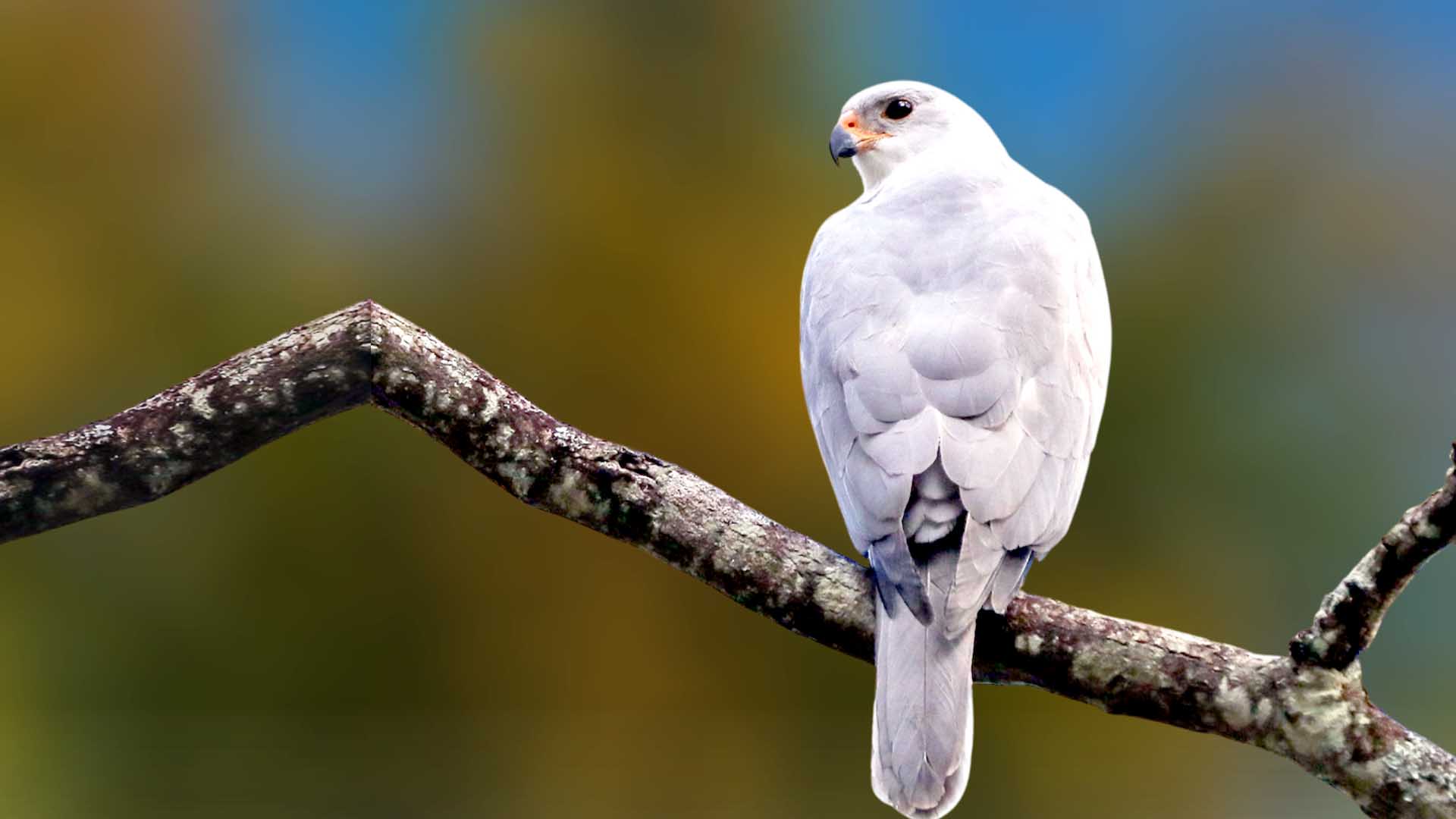
The allure of Australia led me to the remarkable gray goshawk (Accipiter novaehollandiae). With its white head, neck, and underparts blending into a gray back and tail, this large hawk is a graceful hunter in the Australian skies. Observing its agile flight and keen hunting skills reaffirmed my admiration for the unique wildlife that inhabits the Australian continent.
The key point of Gray Goshawk:
- Size: Large raptor, with a wingspan around 2.8 feet (0.85 meters).
- Color: White head, neck, and underparts, with a light gray back and tail.
- Diet: Diverse diet, preying on birds, mammals, and sometimes reptiles and insects.
- Habitat: Inhabits woodlands, forests, and wooded urban areas in Australia and New Guinea.
Black-Faced Hawk
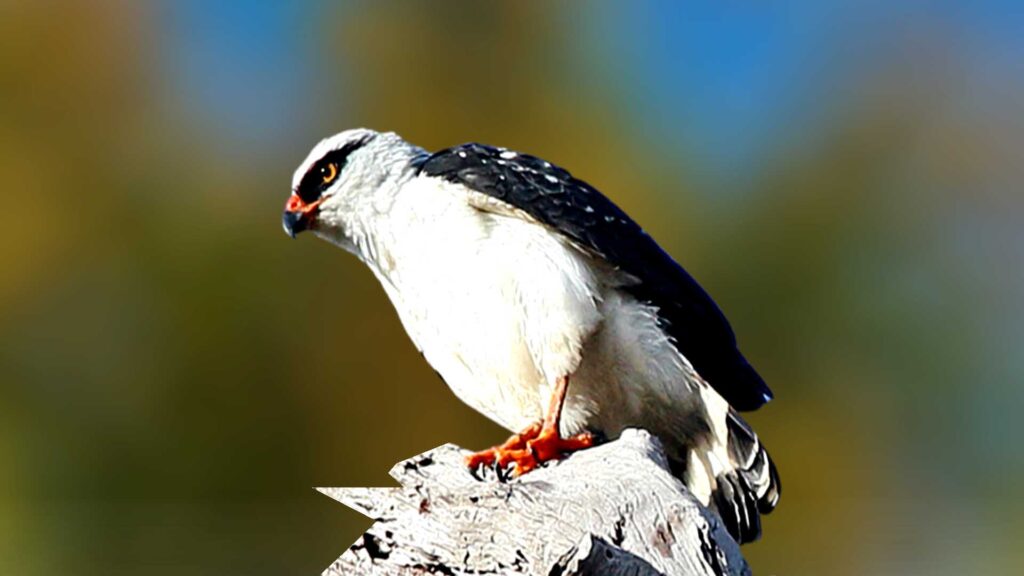
In my explorations of South America, the black-faced hawk (Leucopternis melanops) stood out with its striking appearance. Featuring a white head, neck, and underparts accentuated by a black face and back, this medium-sized hawk is a true enchantment. From Colombia to Argentina, spotting this remarkable bird in its natural habitat was a testament to the region’s biodiversity.
The key point of Black-Faced Hawk:
- Size: Medium-sized, with a wingspan of about 2.6 feet (0.8 meters).
- Color: Striking black face and white head, neck, and underparts, contrasting against a dark back.
- Diet: Carnivorous, hunts small mammals, birds, and reptiles.
- Habitat: Occupies a range of habitats, from forested areas to open landscapes, across South America.
FAQ
What is a white hawk called?
The white hawk is scientifically known as *Pseudastur albicollis*. It’s a large hawk with a distinct white head, neck, and underparts, and a black back and tail.
What bird of prey has a white head and tail?
The osprey (*Pandion haliaetus*) is a bird of prey with a white head and underparts, complemented by a brown back and tail. It’s well-known for its impressive fishing abilities.
What kind of bird has a white head?
Several birds, including hawks like the osprey, white hawks, white-necked hawks, and more, have distinctive white heads. This characteristic can be seen across various species in different habitats.
What is a black Hawk with a white head?
A black bird with a white head could refer to the black-faced hawk (*Leucopternis melanops*), which features a striking contrast between its black face and white head, neck, and underparts.
Conclusion:
My journey into the world of hawks with white heads has been a voyage of wonder and discovery. Each encounter, from the osprey’s dramatic dives to the black-faced hawk’s mesmerizing contrast, has deepened my appreciation for the diverse and intricate beauty of the avian realm. These hawks are not just birds; they are ambassadors of nature’s creativity, reminding us of the magic that exists in the world around us.




